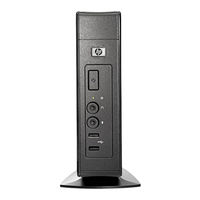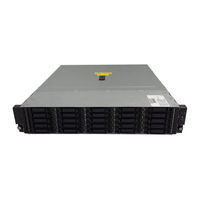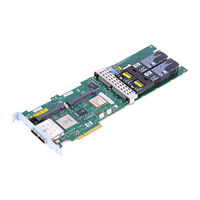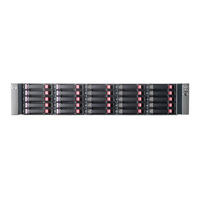HP TeemTalk Terminal Emulator 7.0 Manuals
Manuals and User Guides for HP TeemTalk Terminal Emulator 7.0. We have 9 HP TeemTalk Terminal Emulator 7.0 manuals available for free PDF download: User Manual, Maintenance And Service Manual, Technology Brief, Release Note, Replacement Instructions
HP TeemTalk Terminal Emulator 7.0 User Manual (340 pages)
TeemTalk 7.0 User Manual
Table of Contents
Advertisement
HP TeemTalk Terminal Emulator 7.0 User Manual (340 pages)
HP TeemTalk Terminal Emulator 7.0 User Manual
Table of Contents
HP TeemTalk Terminal Emulator 7.0 Maintenance And Service Manual (63 pages)
Modular Smart Array Enclosure
Table of Contents
Advertisement
HP TeemTalk Terminal Emulator 7.0 User Manual (60 pages)
Modular Smart Array Enclosure
Table of Contents
HP TeemTalk Terminal Emulator 7.0 Technology Brief (15 pages)
Redundancy in enterprise storage networks using dual domain SAS configurations
Table of Contents
HP TeemTalk Terminal Emulator 7.0 Release Note (8 pages)
Modular Smart Array Enclosure Firmware 2.28
Table of Contents
HP TeemTalk Terminal Emulator 7.0 Replacement Instructions (4 pages)
MSA7X Series Enclosure Backplane Replacement Instructions (436513-001, February 2007)
Table of Contents
HP TeemTalk Terminal Emulator 7.0 Replacement Instructions (2 pages)
MSA6X/7X Series Enclosure 7-segment Display Board Replacement Instructions (436504-001, November 2006)
Table of Contents
HP TeemTalk Terminal Emulator 7.0 Replacement Instructions (2 pages)
HP StorageWorks 6X/7X Series Modular Storage Array Enclosure I/O Module Replacement Instructions (436502-001, November 2006)
Advertisement








